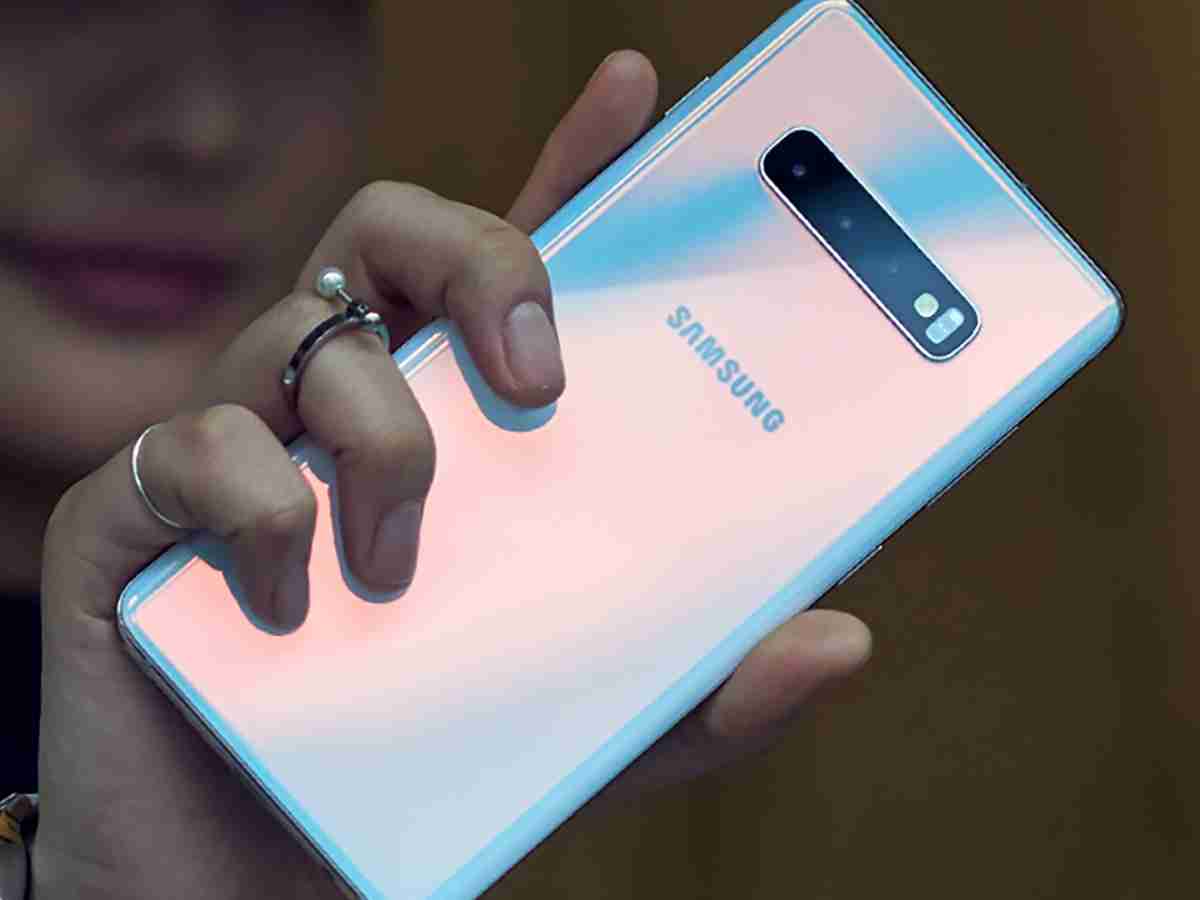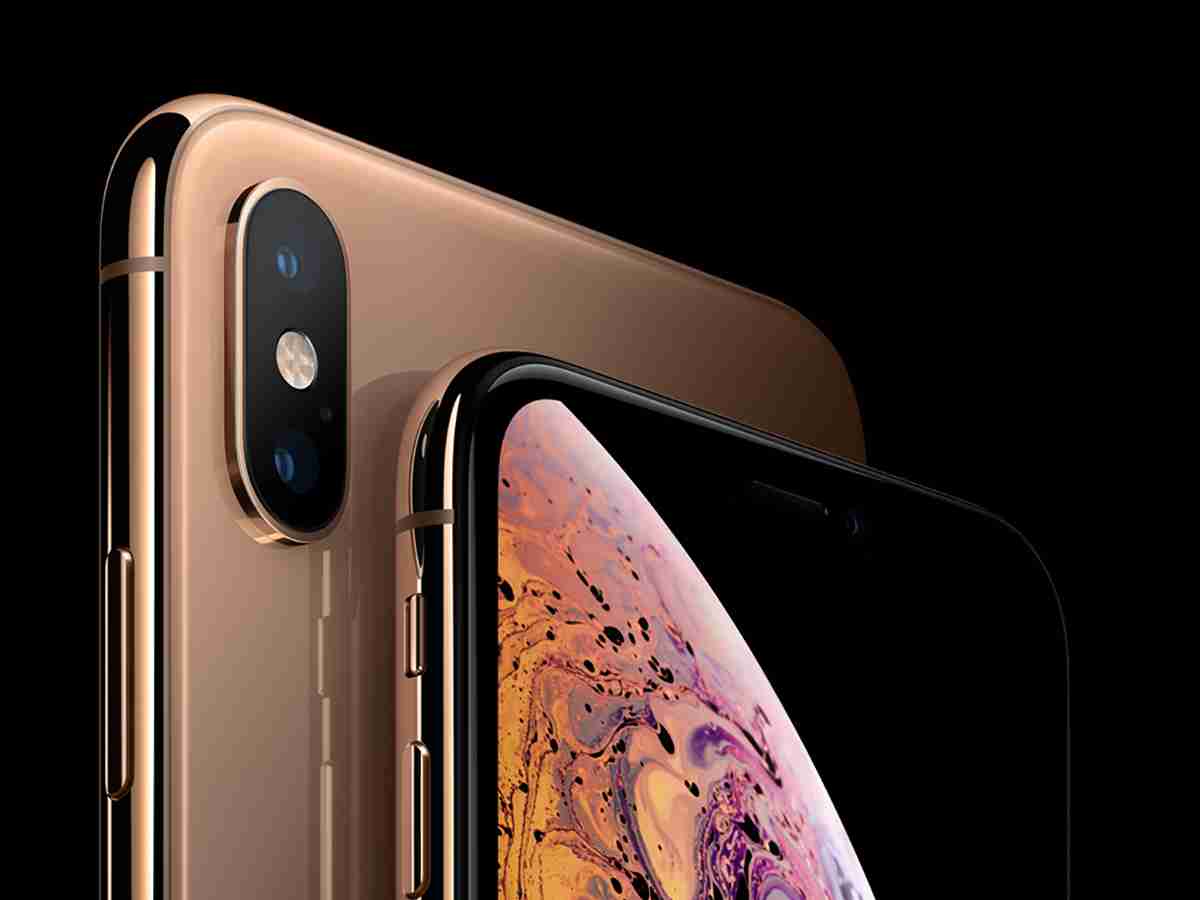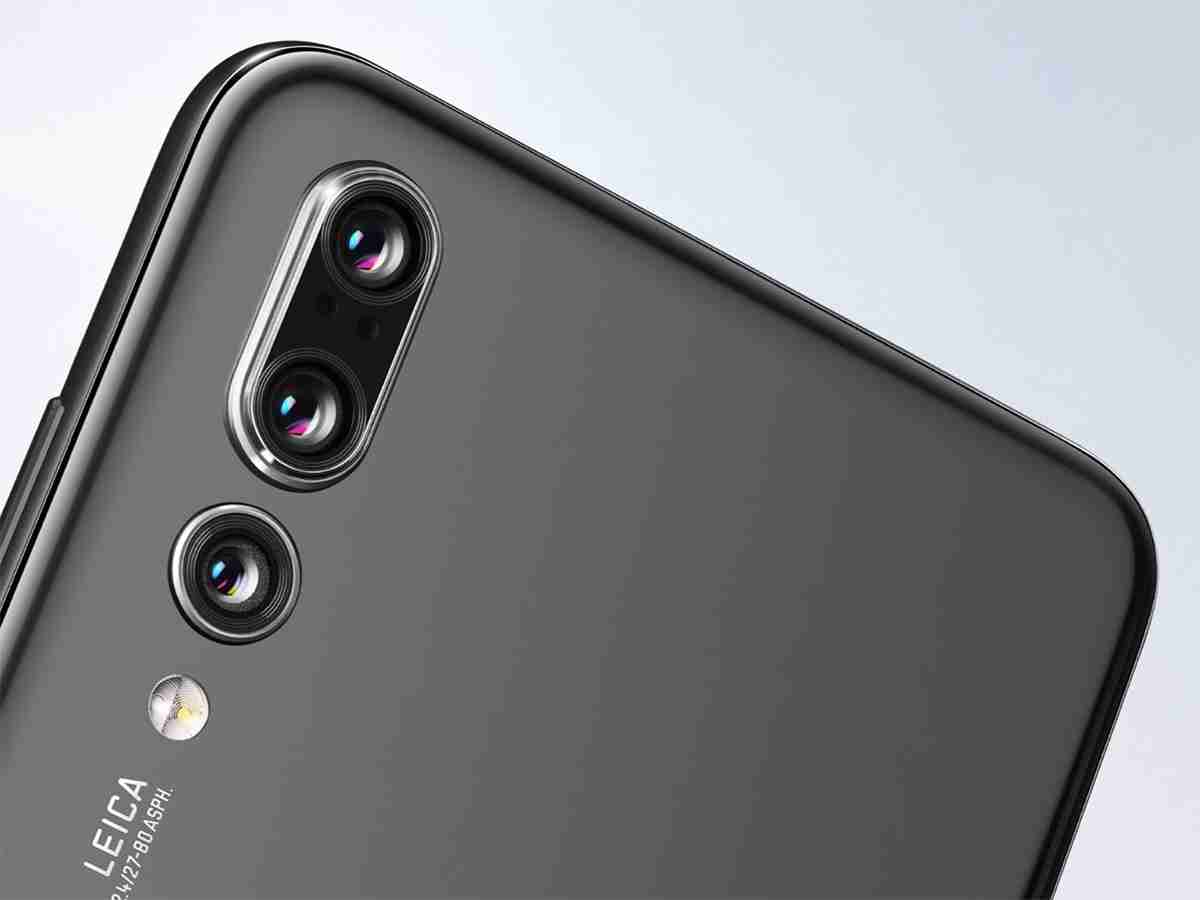
Smartphone cameras are increasingly equipped with multiple lenses, each offering unique capabilities. Let's explore the benefits of these lenses and when a single-lens setup might suffice.
Wide-Angle and Ultra-Wide-Angle Lenses:

These lenses capture a wider field of view, ideal for expansive landscapes or group photos. Ultra-wide lenses offer an even broader perspective, though slight distortion may occur. High-end smartphones often compensate for this distortion digitally. Check the camera specifications for focal length (mm) and field of view (degrees) to compare the breadth of capture. Some phones even include wide-angle lenses on the front camera for improved group selfies.
Telephoto Lenses:

Telephoto lenses provide optical zoom, bringing distant subjects closer without digital zoom's quality loss. They also contribute to creating bokeh effects (background blur) in portrait mode by combining data with other lenses to accurately judge depth. Budget phones often simulate this effect using software. The Huawei P30 Pro boasts a leading 5x optical zoom, while others employ hybrid optical and digital zoom or software-based zoom.
Monochrome Sensors:

Some smartphones include a monochrome sensor for capturing black-and-white images. The advantage is increased sharpness, which can be combined with color sensor data for improved image quality. While not ubiquitous, this feature is found in some Huawei, Honor, Motorola, and Nokia models.
Depth Sensors:
Depth sensors measure distance, enabling professional-style depth-of-field effects and enhanced augmented reality capabilities. However, high-end phones are increasingly integrating depth sensing into other lenses (e.g., ultra-wide or telephoto), making dedicated depth sensors more common in budget-friendly models.
The Single-Lens Alternative:

While multiple lenses offer distinct advantages, a single-lens setup, like that of the Google Pixel 3, can still produce excellent results. Sophisticated software compensates for the lack of multiple lenses, often providing impressive stabilization, zoom, and depth effects, although not always matching the quality of multi-lens systems. Google's Pixel phones, for example, excel in low-light performance.
Conclusion:
Multiple lenses offer specialized photographic capabilities, but they don't guarantee superior images. The best choice depends on your needs and budget. Consider reviewing sample photos and comparing specifications to determine which lens configuration best suits your photography style.
The above is the detailed content of The extra lenses in your smartphone’s camera, explained. For more information, please follow other related articles on the PHP Chinese website!
 Windows driver wizard function
Windows driver wizard function
 What should I do if my computer won't turn on?
What should I do if my computer won't turn on?
 The difference between array pointer and pointer array
The difference between array pointer and pointer array
 What to do if the chm file cannot be opened
What to do if the chm file cannot be opened
 Implementation method of vue online chat function
Implementation method of vue online chat function
 What is the space code in html
What is the space code in html
 How to configure Tomcat environment variables
How to configure Tomcat environment variables
 Hide taskbar icon software
Hide taskbar icon software




